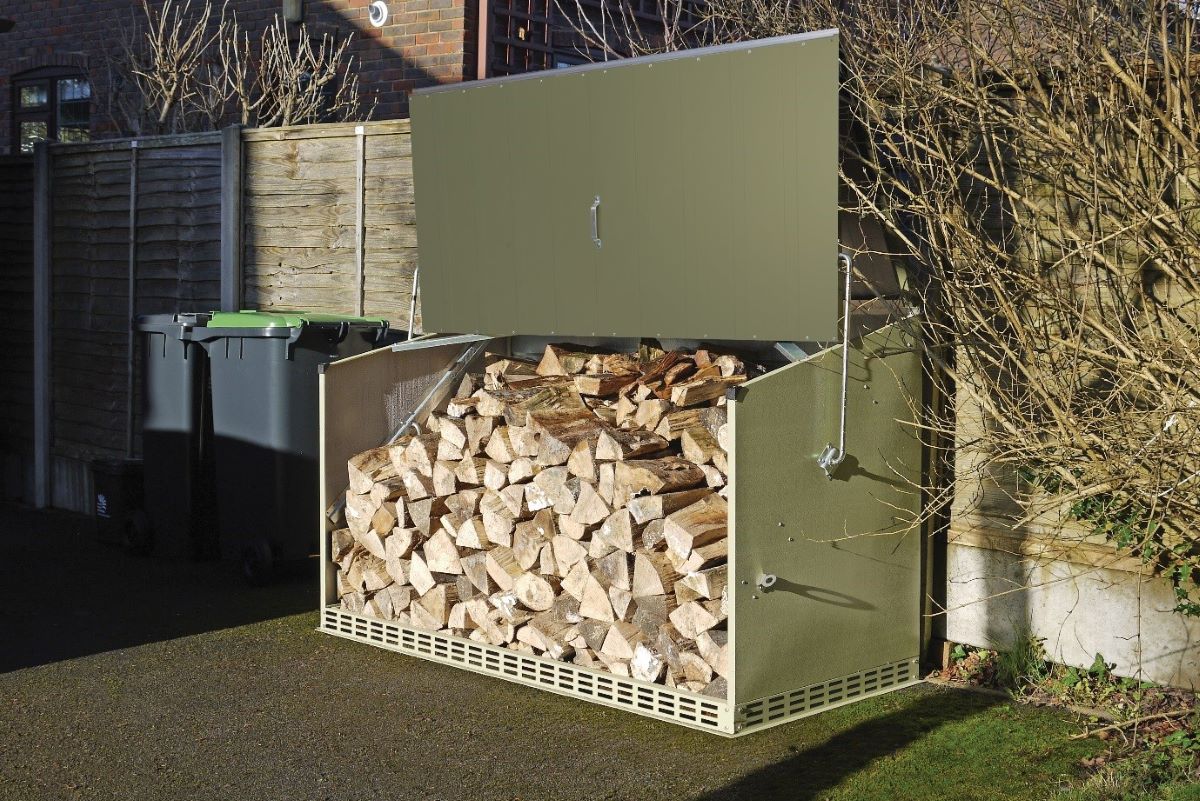

Articles
How To Store Logs Outside
Modified: January 20, 2024
Learn the best practices and techniques for storing logs outside with our comprehensive articles. Discover how to preserve and protect your wood logs effectively.
(Many of the links in this article redirect to a specific reviewed product. Your purchase of these products through affiliate links helps to generate commission for Storables.com, at no extra cost. Learn more)
Introduction
Storing logs outside is a common practice for those who have fireplaces or wood-burning stoves. It allows you to have a readily available supply of firewood for the colder months, ensuring cozy warmth and ambiance on chilly evenings. However, storing logs outside requires careful planning and consideration to ensure the wood remains in good condition and ready to use whenever needed.
In this article, we will explore the benefits of storing logs outside, provide essential considerations for outdoor log storage, offer a step-by-step guide to storing logs outside, discuss how to choose the right log storage solution, and provide maintenance tips to keep your firewood in optimal condition.
Key Takeaways:
- Storing logs outside offers accessibility, improved air circulation, space optimization, cost savings, and aesthetic appeal, providing a convenient and cozy firewood supply for chilly evenings.
- When storing logs outside, consider location, elevation, covering, proper stacking, and pest prevention to ensure firewood remains in optimal condition. Choose a suitable log storage solution and maintain regular upkeep for long-lasting, quality firewood.
Read more: How To Store Duraflame Logs
Benefits of Storing Logs Outside
Storing logs outside offers several advantages that make it an appealing option for homeowners. Let’s explore some of the key benefits:
- Accessibility: Storing logs outside allows for easy access. You can conveniently grab the firewood you need without having to venture into a dark and chilly storage area.
- Improved Air Circulation: Logs stored outside benefit from natural air circulation, which helps to reduce moisture content. Proper airflow prevents the wood from becoming damp or susceptible to mold and rot.
- Space Optimization: Storing logs outside frees up space inside your home. Instead of cluttering your living space or garage with firewood, you can utilize outdoor areas to store your logs, keeping your interior tidy and more functional.
- Cost Savings: When stored outside, firewood can dry naturally from exposure to the sun and wind, reducing the need for artificial drying methods. This can save you money, as you won’t have to invest in expensive kilns or wood dryers.
- Aesthetic Appeal: An outdoor log storage area can be aesthetically pleasing, adding rustic charm to your property. It can become a feature in your backyard, enhancing the overall ambiance and providing a cozy atmosphere.
These benefits make storing logs outside an attractive option for homeowners who want convenient access to firewood while ensuring the logs remain in good condition for optimal burning efficiency.
Considerations for Storing Logs Outside
While storing logs outside offers numerous benefits, it is essential to consider certain factors to ensure the wood remains in good condition. Here are some important considerations:
- Location: Choose a suitable location for your log storage area. It should be well-ventilated, with sufficient sunlight and protection from excessive rainfall or snow accumulation.
- Elevation: Ideally, raise your logs off the ground to prevent them from absorbing moisture from the soil. You can use pallets, a storage rack, or a raised platform for this purpose.
- Covering: While exposure to air is beneficial, it is still important to protect your logs from excessive moisture. Consider using a waterproof cover or tarp to shield the logs from rain or snow while still allowing for proper airflow.
- Stacking: Proper stacking is crucial to ensure stability and longevity. Stack the logs in a way that allows air circulation between them, preventing the buildup of moisture and promoting drying.
- Pest Prevention: Keep an eye out for pests that may be attracted to your firewood, such as termites or wood-boring insects. Regularly inspect your logs and take preventive measures, such as keeping the storage area clean and free from debris.
- Distance from Structures: Ensure that your log storage area is situated at a safe distance from your house or any other structures. This minimizes the risk of fire or damage in case of accidental ignition.
By considering these factors, you can create a suitable outdoor log storage area that ensures the longevity and readiness of your firewood supply.
Step-by-Step Guide to Storing Logs Outside
Follow this step-by-step guide to properly store logs outside:
- Select the Right Logs: Choose well-seasoned hardwood logs for optimal burning efficiency. Green or freshly cut wood contains higher moisture content and may not burn as effectively.
- Prepare the Storage Area: Clear the area where you plan to store your logs. Remove any debris, weeds, or flammable materials that could pose a fire hazard.
- Elevate the Logs: Place sturdy pallets, a log rack, or a raised platform on the ground to elevate your logs. This helps prevent moisture absorption from the soil, prolonging the lifespan of the wood.
- Stack the Logs: Start stacking the logs on the elevated surface, ensuring there is space between each log to allow for proper air circulation. Stack the logs in alternating directions to promote stability.
- Protect from Rain and Snow: Cover the stacked logs with a waterproof tarp or cover. This protects the wood from excessive moisture while still allowing air to circulate. Secure the cover tightly to prevent it from blowing off in windy conditions.
- Maintain Airflow: Check the logs periodically to ensure proper airflow and identify any signs of moisture or mold. If necessary, adjust the stacking or remove any obstructing materials.
- Monitor for Pests: Keep an eye out for pests that may be attracted to the logs. Regularly inspect the storage area and take necessary pest control measures to prevent infestation.
- Use Properly Seasoned Logs: When using firewood, always select logs that are fully seasoned and dry. Properly seasoned wood burns more efficiently, producing more heat and less creosote buildup in your fireplace or stove.
Following these steps will help ensure that your logs remain in optimal condition for easy and efficient use throughout the colder months.
To store logs outside, make sure to stack them off the ground on a raised platform to prevent moisture and rot. Cover the top with a tarp to protect from rain and snow. Rotate the logs regularly to ensure even drying.
Choosing the Right Log Storage Solution
When it comes to storing logs outside, choosing the right storage solution is essential to ensure the longevity and quality of your firewood. Here are some factors to consider when selecting a log storage option:
- Size: Determine the amount of firewood you typically use during the colder months and choose a storage solution that can accommodate your needs. Consider the dimensions of the storage area and the capacity of the log rack or storage container.
- Material: Select a storage solution that is made of durable and weather-resistant materials. Common options include metal racks, plastic bins, or wooden log holders. Ensure that the chosen material can withstand outdoor elements and protect the logs from moisture.
- Design: Consider the design of the log storage solution in terms of aesthetics and functionality. Look for options that complement your outdoor space while providing proper air circulation and stability for the logs.
- Accessibility: Choose a storage solution that allows for easy access to the logs. This can include features like hinged doors or removable covers, making it convenient to retrieve firewood as needed.
- Portability: If you prefer flexibility in your log storage solution, consider portable options such as collapsible log holders or log carts. These can be easily moved or repositioned when needed.
- Price: Set a budget for your log storage solution and compare prices of different options. Keep in mind that quality and durability should be considered alongside cost.
By carefully considering these factors, you can choose a log storage solution that meets your specific needs, protects your firewood from the elements, and enhances the overall functionality and aesthetics of your outdoor space.
Read more: How To Store A Canoe Outside
Maintenance Tips for Outdoor Log Storage
Maintaining your outdoor log storage area is crucial to ensure the longevity and quality of your firewood. Here are some essential maintenance tips:
- Inspect Regularly: Regularly inspect your logs for any signs of moisture, mold, or pests. Check for any decaying wood or areas that may be susceptible to rot. Promptly remove any affected logs and take necessary measures to prevent further damage.
- Keep the Area Clean: Keep the storage area clean and free from debris, leaves, or other materials that may obstruct air circulation or attract pests. Regularly sweep or rake the area to maintain cleanliness.
- Monitor Moisture Levels: Check the moisture content of your firewood occasionally. Ideally, the moisture content should be below 20% for optimal burning efficiency. If the logs appear overly damp, consider repositioning or covering them to allow for better airflow and drying.
- Control Pests: Implement pest control measures to prevent infestation. This may include using natural deterrents, setting traps, or seeking professional assistance if necessary. Regularly inspect the logs and the surrounding area for signs of pests.
- Stacking and Restacking: Periodically restack the logs to ensure proper airflow and prevent any settling or shifting of the stack. This helps promote even drying and prevents moisture buildup in specific areas.
- Remove Excess Snow or Ice: In winter months, remove any excess snow or ice from the log stack to prevent moisture accumulation. This helps maintain the dryness of the logs and prevents them from freezing together.
- Replace Covers if Damaged: Inspect the covers or tarps regularly and replace them if they become damaged or worn out. Securely fasten the covers to protect the logs from rain, snow, and excessive moisture.
- Rotate the Logs: If you have a large supply of firewood, consider rotating the logs periodically. This ensures that the oldest logs are used first, preventing them from sitting too long and potentially decaying or becoming less efficient for burning.
By following these maintenance tips, you can ensure that your outdoor log storage area remains in optimal condition, providing you with a steady supply of dry, quality firewood for your fireplace or wood-burning stove.
Conclusion
Storing logs outside can be a convenient and practical solution for homeowners with fireplaces or wood-burning stoves. By following the proper guidelines and considering essential factors, you can maintain a ready supply of firewood that is dry, accessible, and ready to ignite.
We discussed the various benefits of storing logs outside, including improved accessibility, enhanced air circulation for moisture reduction, space optimization, cost savings, and aesthetic appeal. Storing logs outside allows homeowners to enjoy the warmth and ambiance of a cozy fire while minimizing clutter inside their homes.
When considering outdoor log storage, it is crucial to take certain considerations into account, such as choosing a suitable location, elevating the logs, covering them to protect from excessive moisture, proper stacking, and pest prevention. These steps ensure that your firewood remains in good condition, ready for use when needed.
Choosing the right log storage solution is also important. Consider factors like size, material, design, accessibility, portability, and price to select a storage option that meets your needs and complements your outdoor space.
Regular maintenance is key to ensuring the longevity and quality of your firewood. Inspect the logs regularly, keep the storage area clean, monitor moisture levels, control pests, and restack or rotate the logs periodically. These maintenance tips will help keep your firewood in optimal condition throughout the seasons.
In conclusion, storing logs outside provides numerous benefits and convenience for homeowners. By carefully considering the location, elevation, covering, and maintenance of your outdoor log storage area, you can enjoy the warmth and comfort of a crackling fire all winter long.
Remember, proper log storage outside ensures that your firewood remains dry, easily accessible, and ready to create cozy memories during those chilly evenings.
Frequently Asked Questions about How To Store Logs Outside
Was this page helpful?
At Storables.com, we guarantee accurate and reliable information. Our content, validated by Expert Board Contributors, is crafted following stringent Editorial Policies. We're committed to providing you with well-researched, expert-backed insights for all your informational needs.
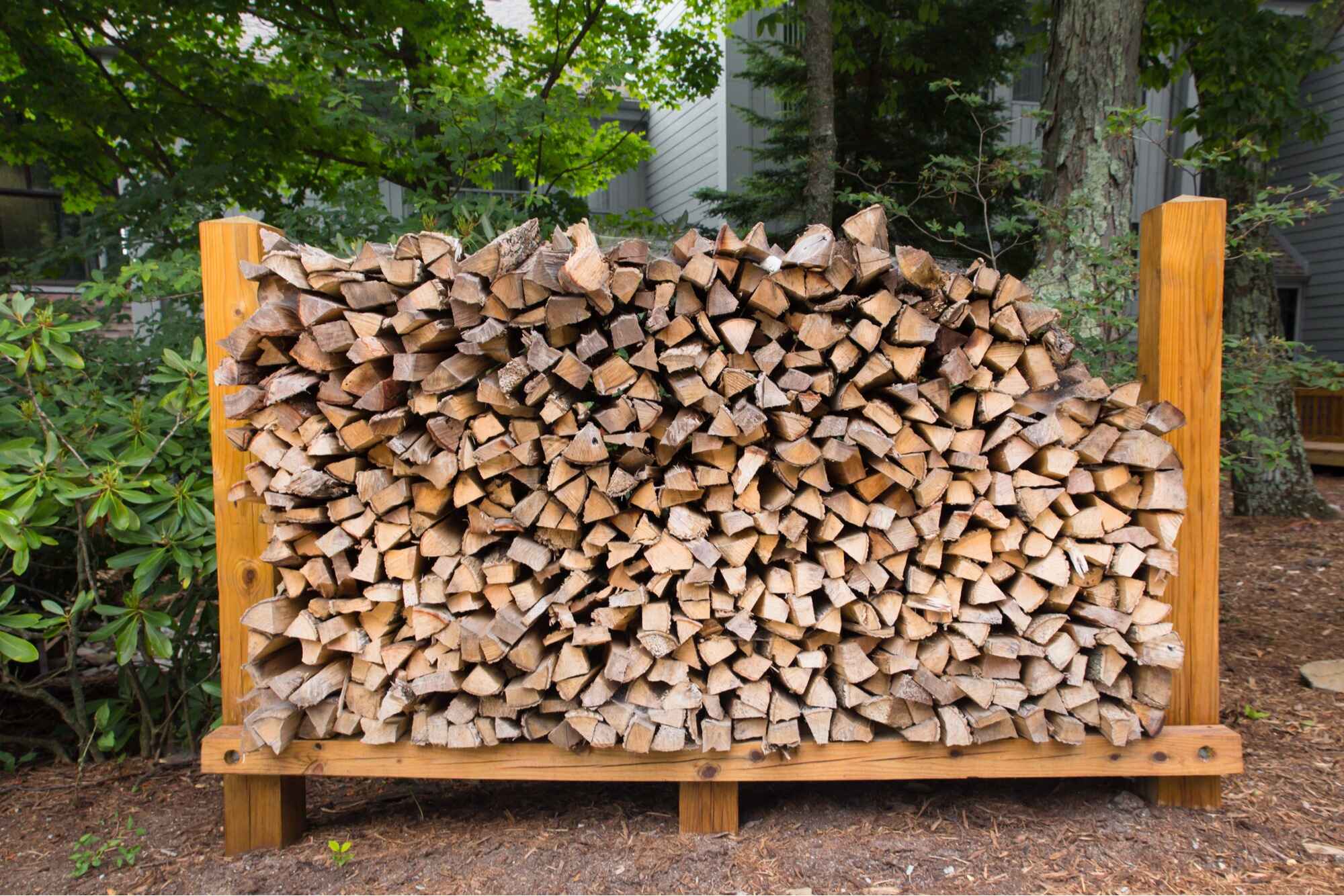

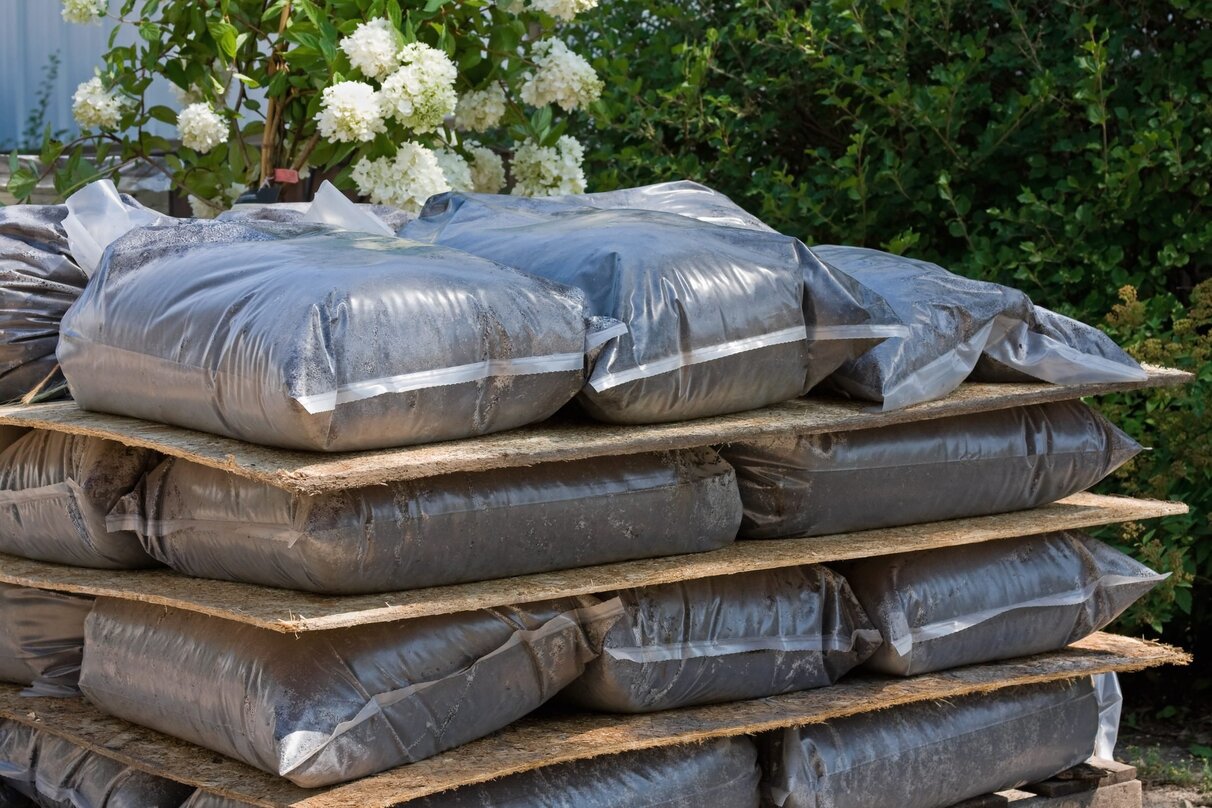

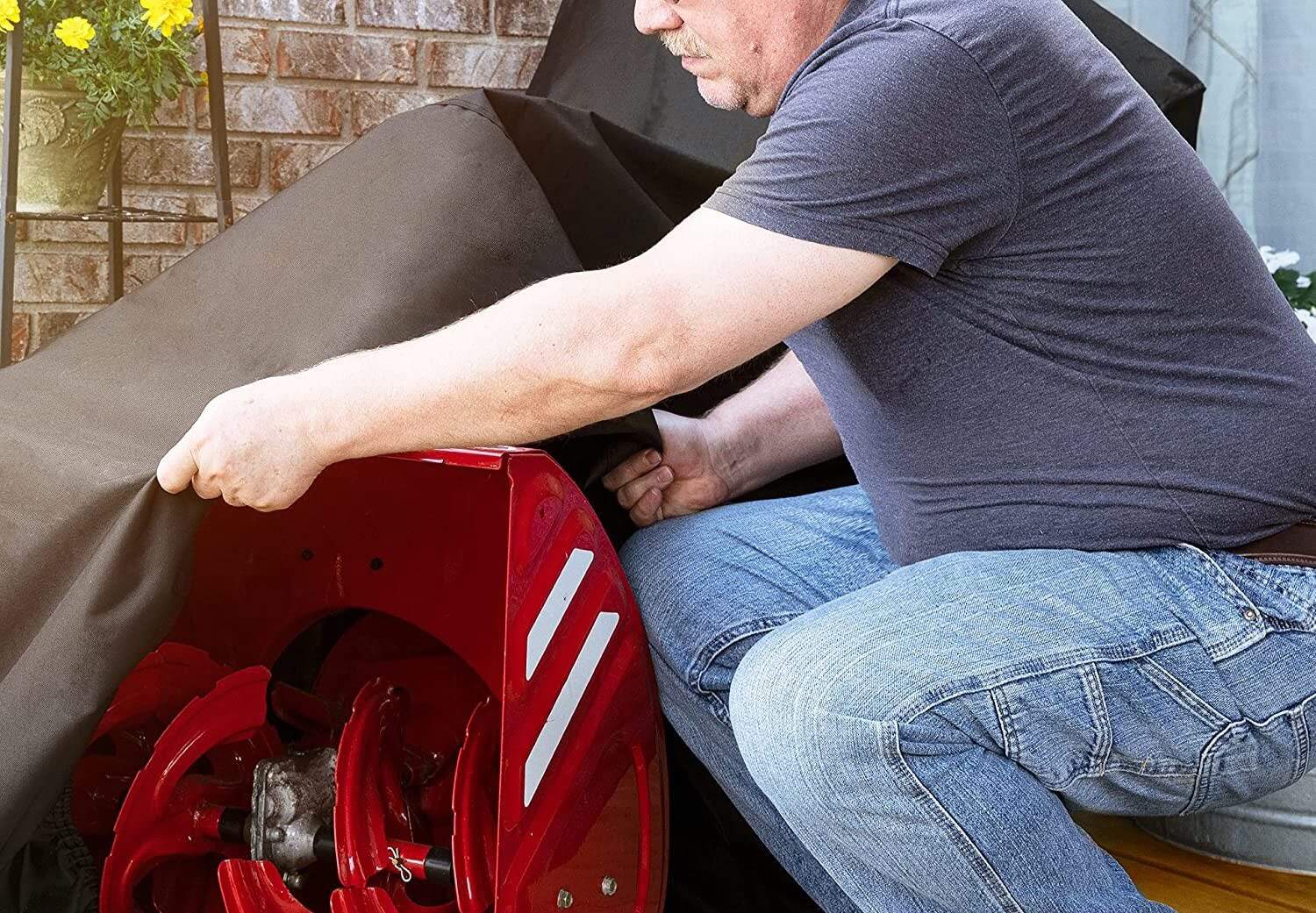
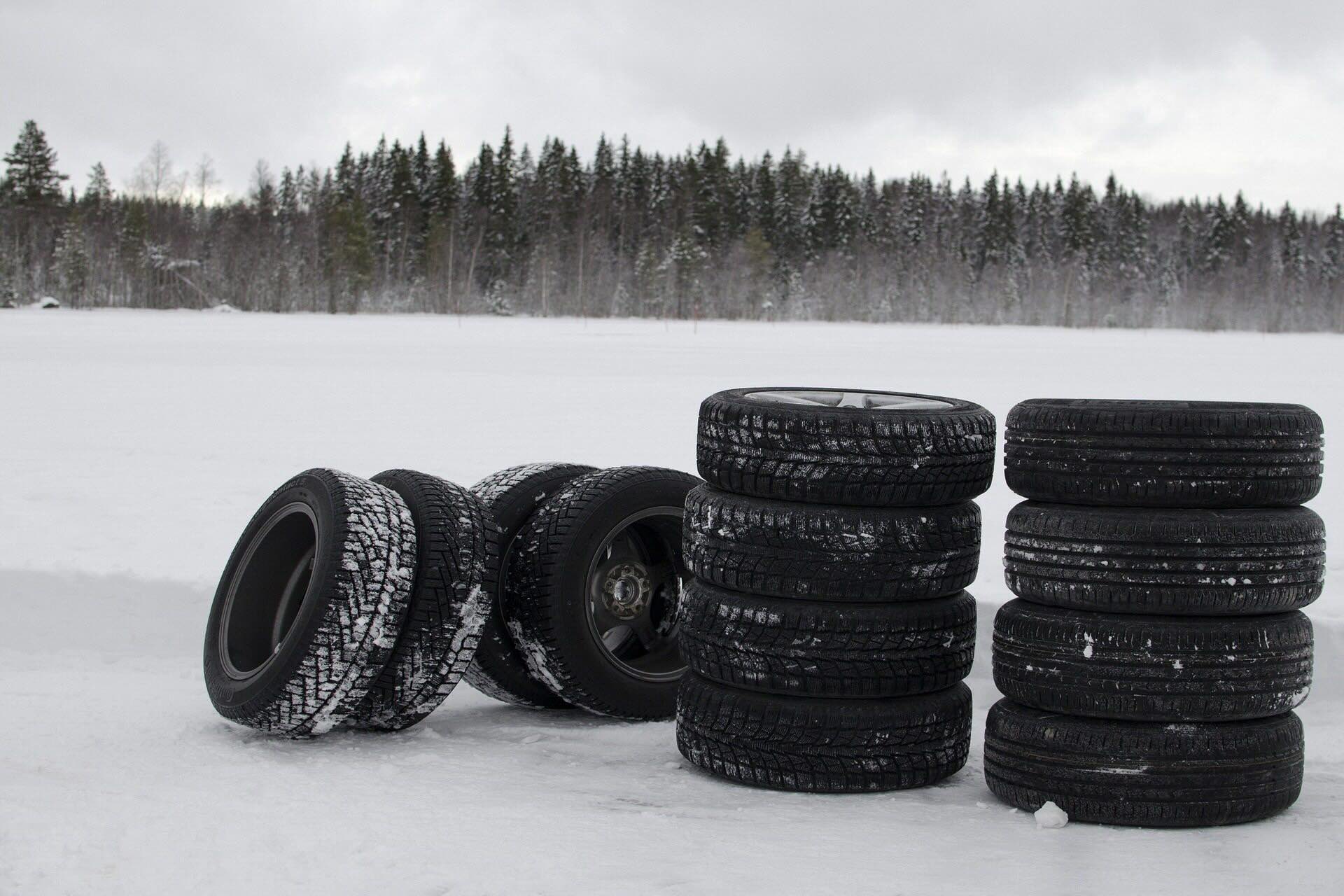
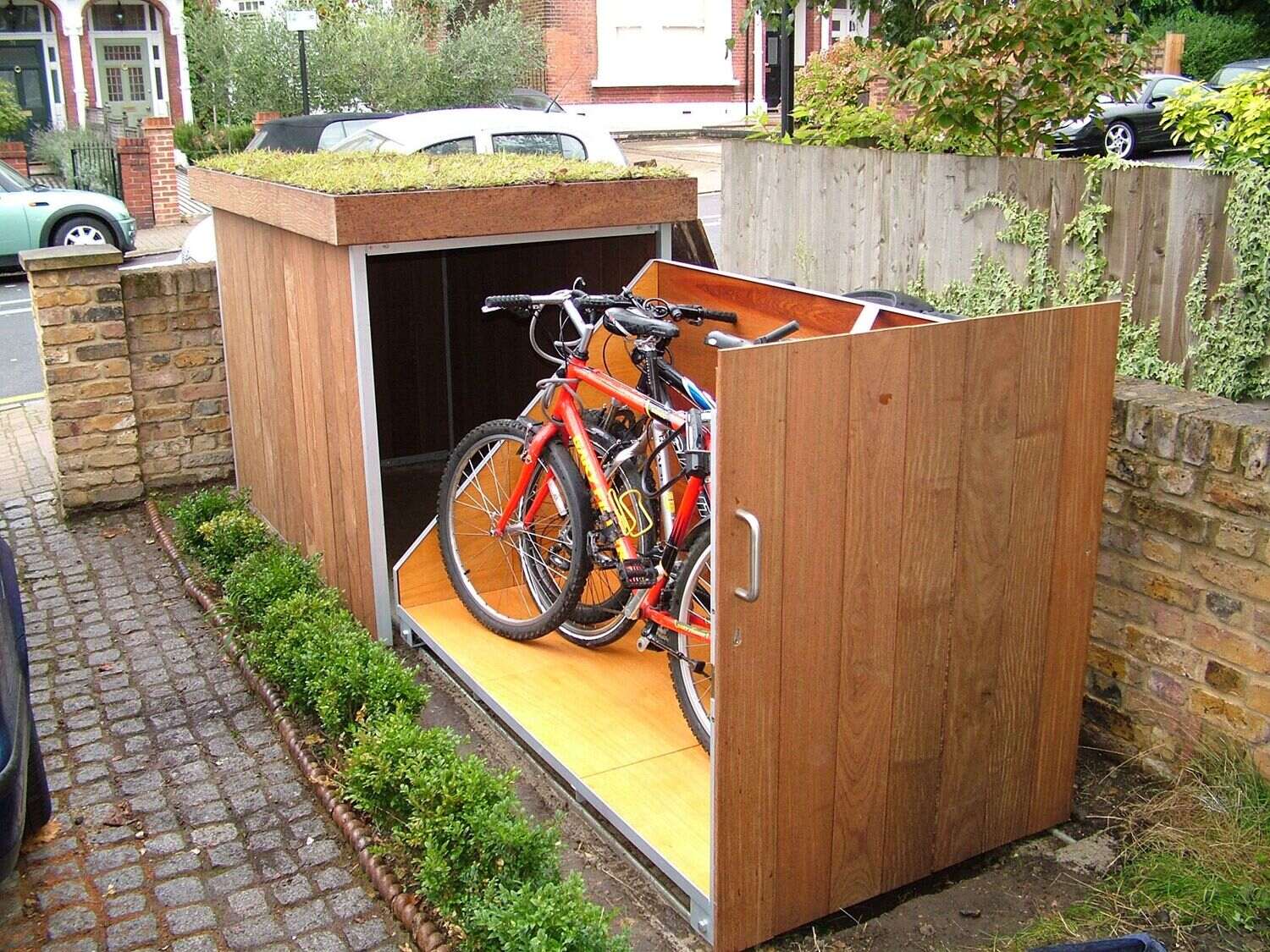
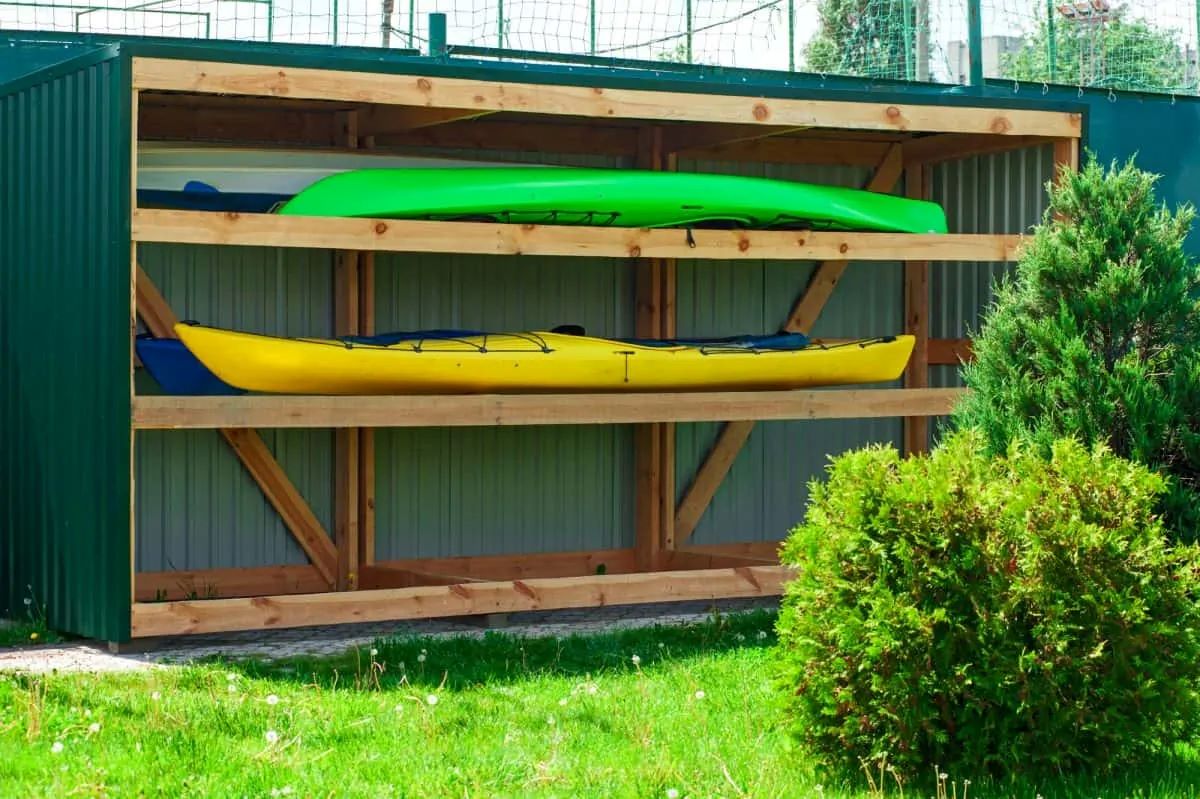
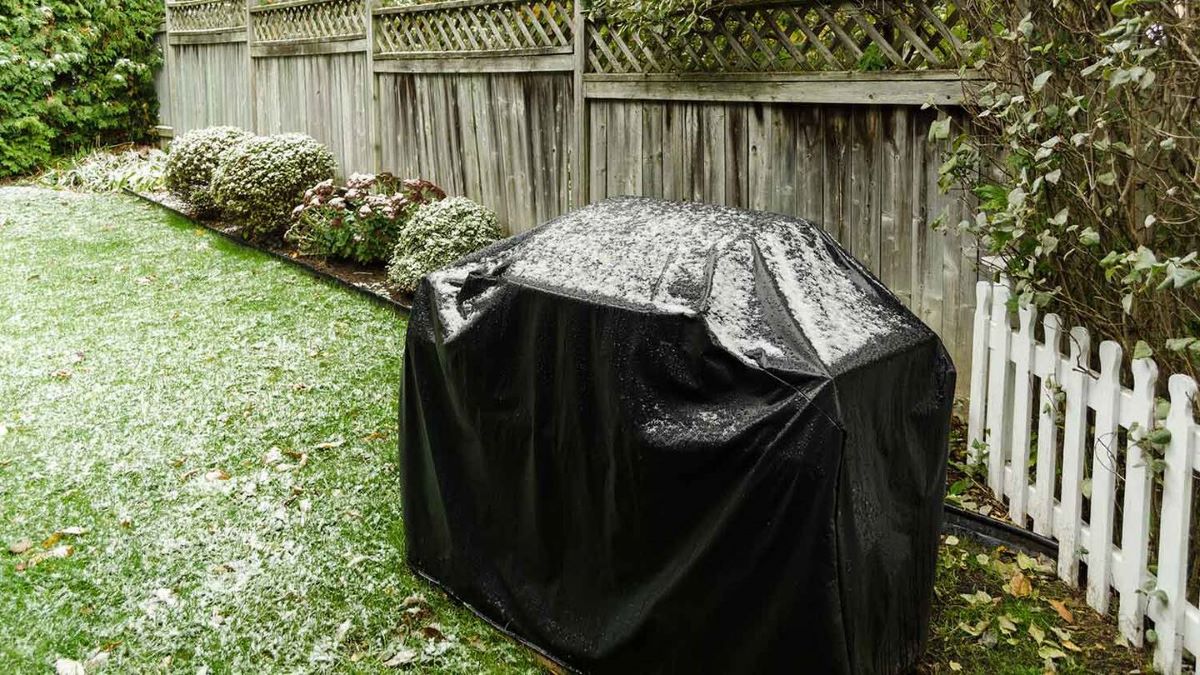
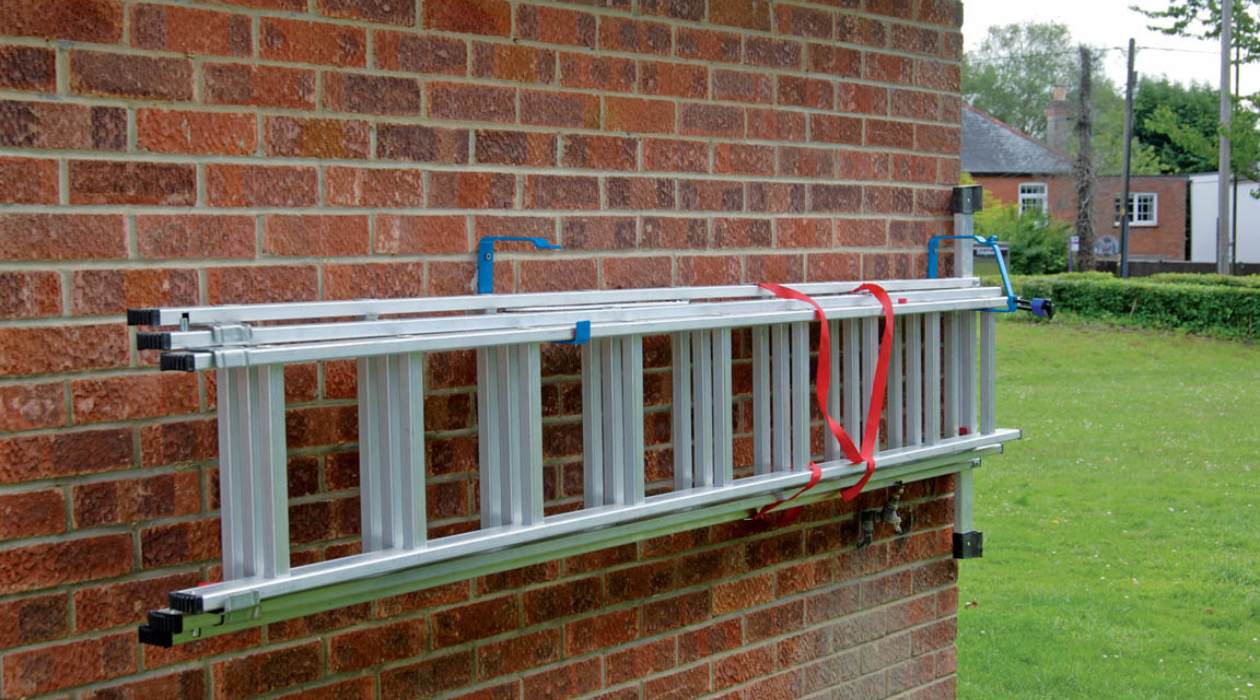
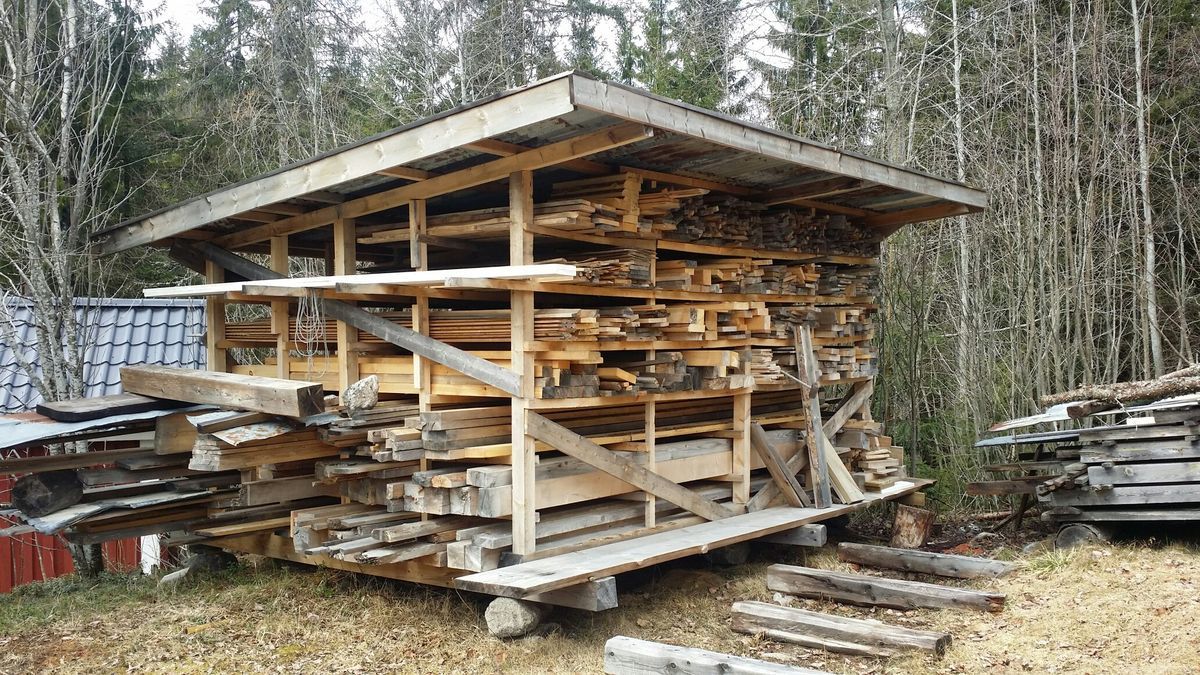
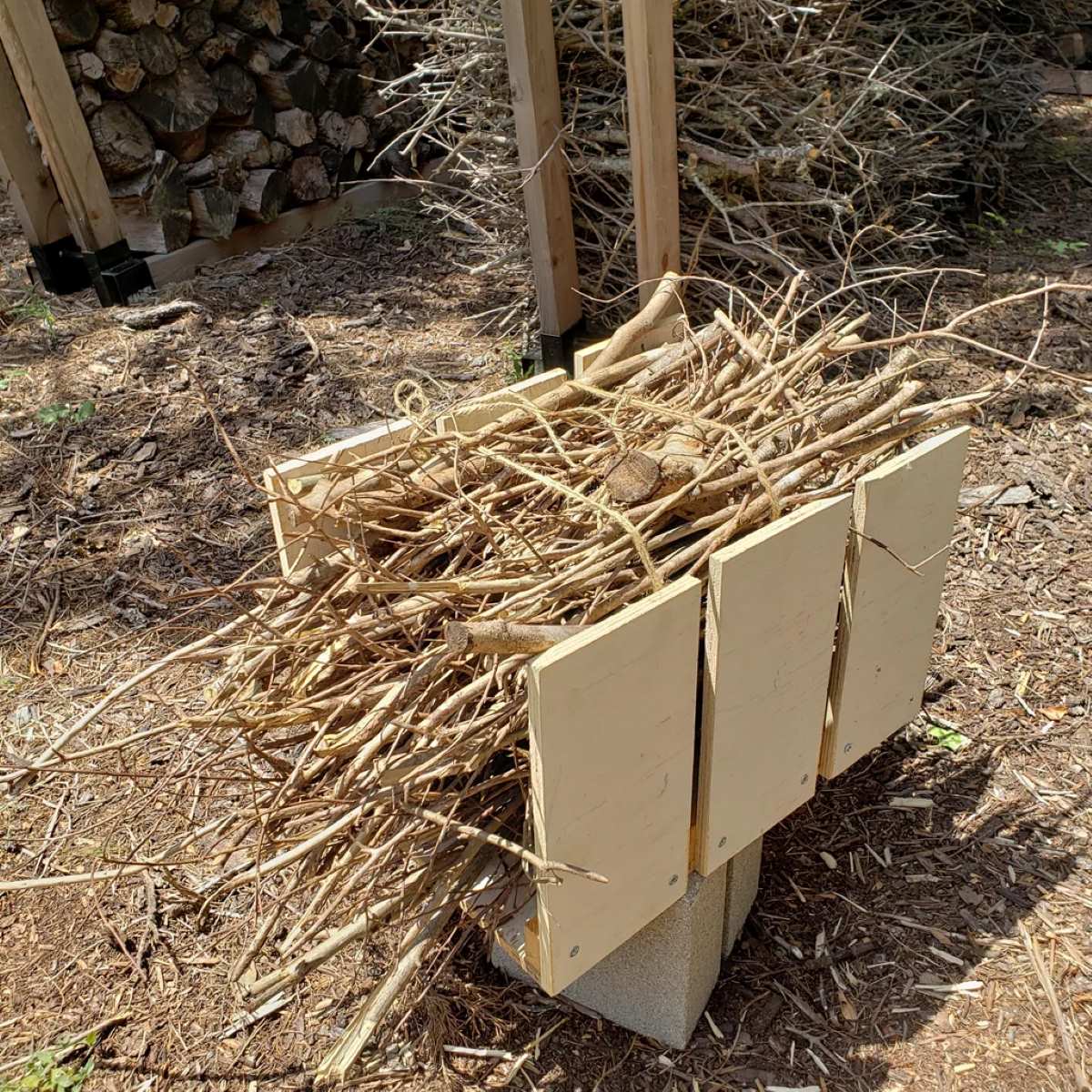
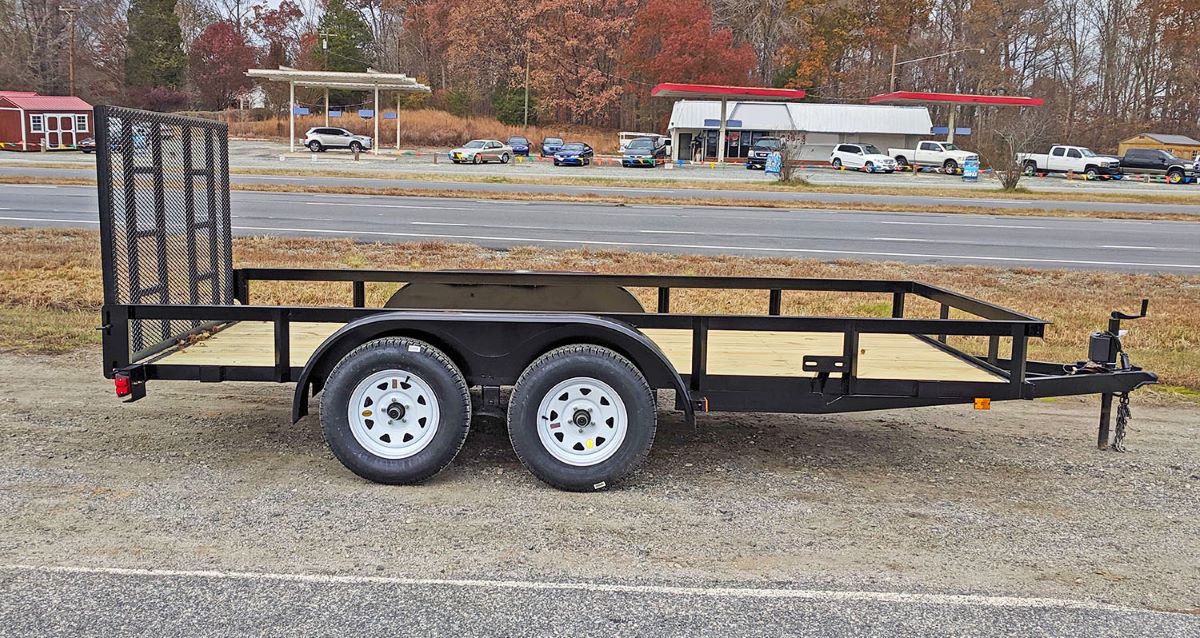


0 thoughts on “How To Store Logs Outside”